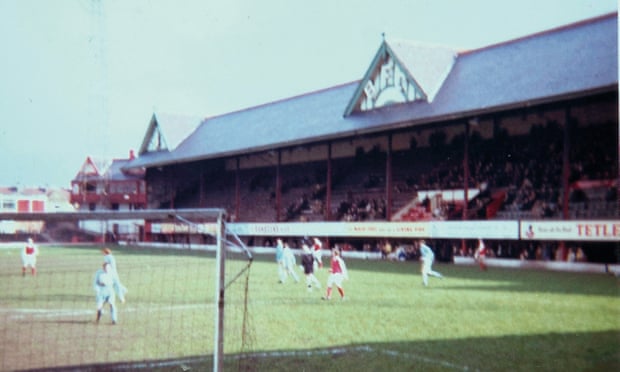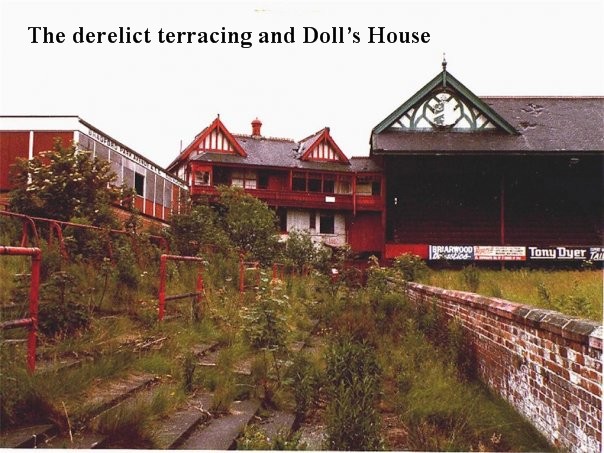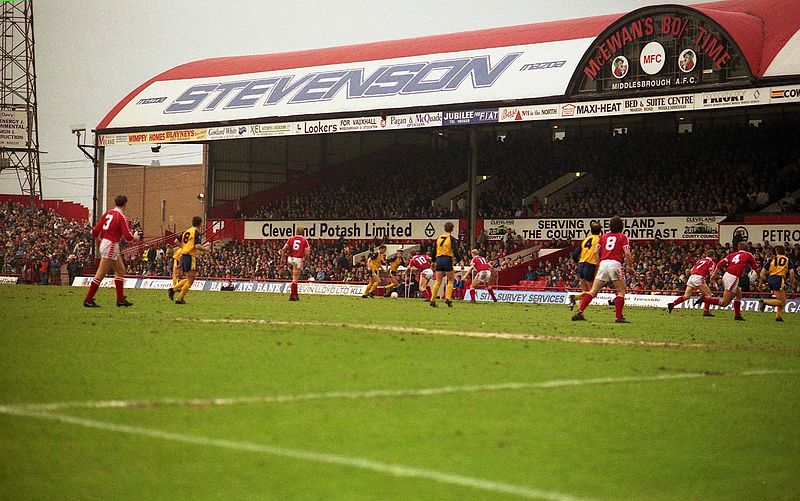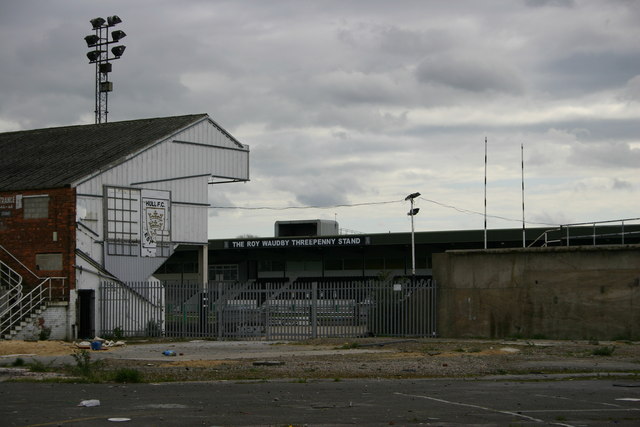They were once cathedrals of sporting entertainment, but are now lost and forgotten. Here are 5 Yorkshire sporting venues which have long since seen their last goal, run, or try.
1. Park Avenue- Bradford

The Park Avenue stadium in Bradford was opened in 1880 as a multi-sport venue, boasting both a football and cricket pitch adjacent to each other. While the cricket pitch and facilities remains to this day, the football stadium and surrounding terracing, which hosted league football until 1970 was abandoned when Bradford Park Avenue FC were liquidated in 1974. The old stadium buildings were demolished in 1980, but the terracing and pitch were left alone. After a brief reincarnation in 1987-8, when an amateur club played there for one season, the ground was left derelict once again for nature to take its course. In 2015 there were proposals for an indoor cricket centre to be built on part of the old football ground. This led to a team of archaeologists and football historians digging for artefacts of what used to be an important Bradford sporting venue. The site has now being re-developed into a state of the art cricketing training facility, which opened in 2019 on the site of the old football ground. A reformed Bradford Park Avenue FC play at the Horsfall Stadium in Bradford and compete in the Conference North.


2. Chandos Park – Leeds
This sports ground in Roundhay, Leeds played host to the “minority” sport of Rugby Union. The old Roundhay Rugby Union Club wereformed in 1923 and became a force in the Yorkshire amateur leagues.. Their finest hour came, when they hosted Union giants, Leicester in the third round of the John Player Cup in 1981, which attracted a crowd of 3,000 to this small, suburban ground. The visitors won comfortably 34-3. In 1992, Roundhay merged with Headingley to form Leeds RUFC. They left Chandos Park to share with Leeds Rhinos at Headingley Stadium and helped the new club enter the top flight of Rugby Union in 2001, known then as the Leeds Tykes. As for Chandos Park, this was still used by the reserve and development teams until 2006 when the bulldozers came in to create a new housing estate. All rugby facilities moved to an expanded West Leeds RUFC in Bramhope.
3. Ayresome Park – Middlesbrough

Ayresome Park in Middlesborough was built in 1903 and was home to the town’s football club until they moved into the purpose built Riverside Stadium in 1995. There were two mysterious legends surrounding the old ground. The first is that a band of gypsies were evicted to make way for the building of the new stadium. In revenge they cursed the club to ensure that success would never be enjoyed by the team, while they played football at the ground. This proved pretty much to be the case until 1995 when they moved out and then started to enjoy better success. The second is that a “ghost” fan, known as “Ned” is known to appear at the gates of the ground if Middlesbrough were going to win. On the site of the old Ayresome Park now stands a housing estate, which may sound like a boring replacement. Amongst the houses there is a statue of a bronze football which marks where the centre circle used to be. There is also a pair of football boots on the spot where one of the most famous Ayresome goals was scored, which was North Korean Pak-Do Ik’s winner against Italy in the 1966 World Cup, considered to be one of the greatest upsets of all time.
4. The Boulevard – Hull

Home to Hull FC for 107 years, this tough, intimidating rugby league venue was often a graveyard for many an opposition player. The notorious “Threepenny” stand, where the hardcore home support would gather and sing their anthem, “Old Faithful” was legendary in the game. This all changed when the team moved into the purpose built KC Stadium, along with the city’s football team in 2003. At first the ground reinvented itself as a greyhound venue in 2007 and it looked as if the historic ground had been saved. By 2010, the dogs had moved out and the council moved in with plans to turn the site into a school. After local opposition and a failed plan by the rugby club to use the Boulevard as a training facility it was finally levelled in 2010. Three years later the brand new Boulevard Academy school opened and took in its first pupils.
5. Don Valley Stadium- Sheffield

Perhaps the biggest fall from grace of any Yorkshire sports stadia comes in Sheffield. The Don Valley stadium was built with much fanfare in 1990 for the city’s hosting of the World Student Games the following year. After this event it was used as a community athletics facility, concert venue, the home of Sheffield Eagles Rugby League side and briefly Rotherham United FC from 2008-12. The decision in 2013 to demolish the old Don Valley, then the second largest athletics facility in the UK, after the London Olympic stadium, came as a huge shock to many, with council cuts cited as the major reason. A brand new community stadium for Sheffield on the site of Don Valley called the Olympic Legacy Park has since been opened and is home to the Rugby League Club, as well as providing a range of Community sports facilities. The old Don Valley Stadium, where Jessica Ennis was discovered and Helen Sharman dropped the torch at the World Student Games opening ceremony are now just memories.



